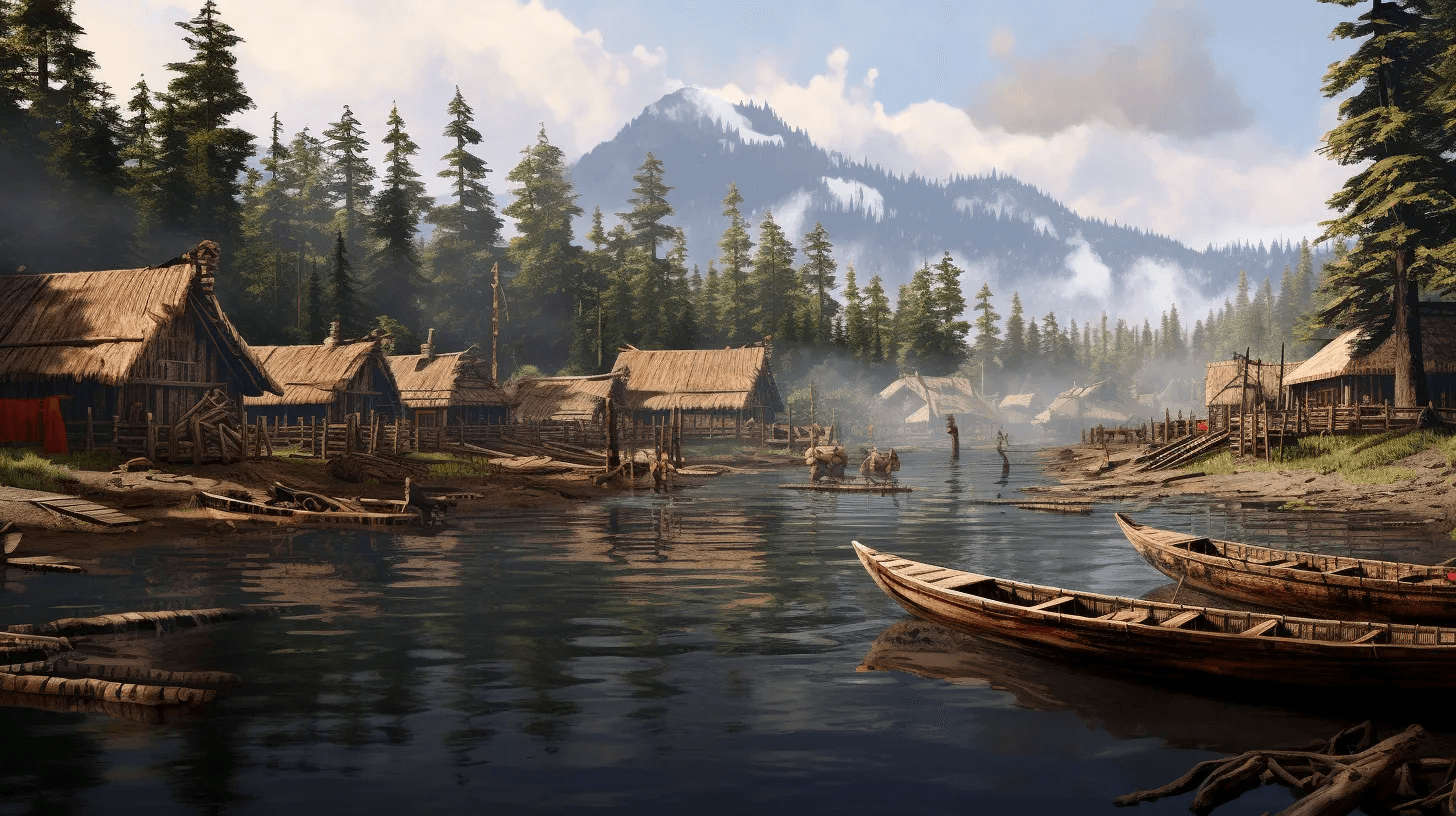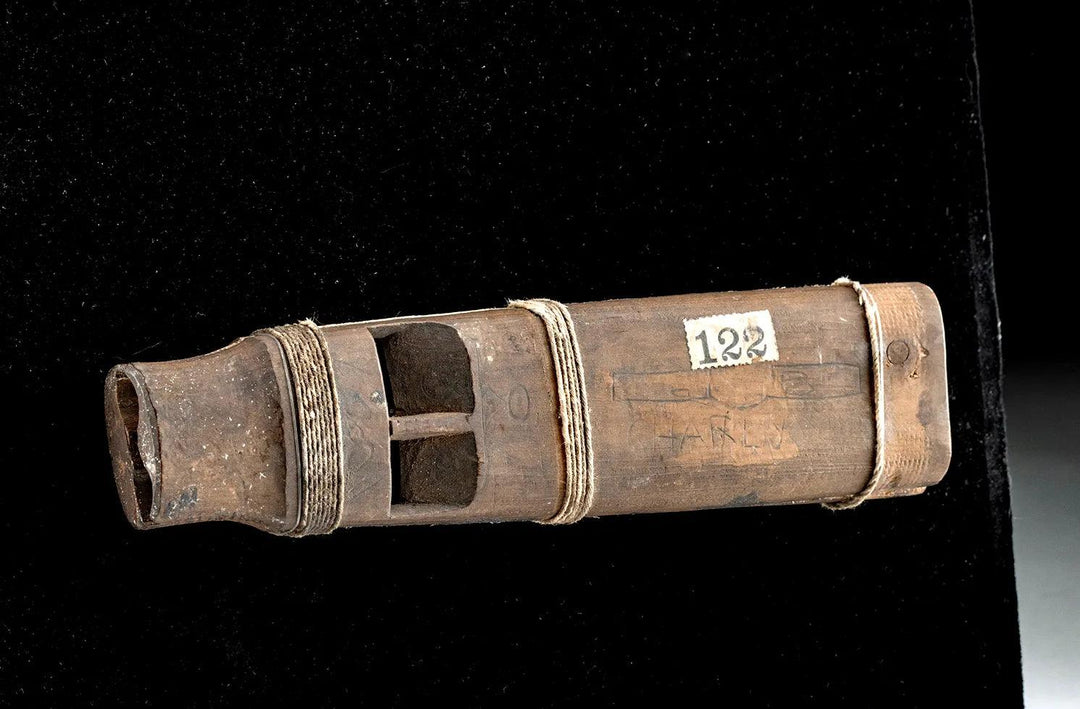
Kwakiutl: Kwakwaka'wakw Artifacts from the Pacific Northwest's Vibrant Tribes (5000BCE - 1800CE)
Step into the world of the Kwakwaka'wakw with our collection of genuine artifacts. Experience the rich traditions of a people known for their potlatches, totem poles, and intricate masks that bring myths to life.
The Kwakwaka'wakw - indigenous peoples of the Pacific Northwest Coast, primarily residing in British Columbia, Canada. Their history, art, and culture are deeply intertwined with the coastal landscapes, forests, and waters that have sustained them for generations.
Key Highlights:
- Potlatch Ceremonies: Central to Kwakwaka'wakw culture, potlatches are grand feasts and ceremonies where wealth is redistributed, stories are passed down, and social roles are affirmed.
- Totem Poles: Towering wooden monuments, intricately carved to depict clan histories, ancestral spirits, and cultural narratives.
- Transformation Masks: Used in dances and rituals, these masks capture the essence of transformation, often revealing a figure or animal hidden within.
- Canoes: Expertly crafted from cedar trees, canoes are vital for transportation, fishing, and ceremonial events.
Regions: The Kwakwaka'wakw territory spans the coastal and island regions of British Columbia:
- Northern Vancouver Island: Home to key Kwakwaka'wakw communities and ancestral lands.
- Mainland Inlets: Coastal regions with rich marine resources and ancient village sites.
- Adjacent Islands: Areas that have been historically significant for trade, gatherings, and cultural practices.
Valued Materials: The Kwakwaka'wakw, with their profound respect for nature, utilized various materials:
- Red Cedar: The cornerstone of Kwakwaka'wakw art and craft, used for totem poles, canoes, and longhouses.
- Feathers and Shells: Employed for adornments, ceremonial regalia, and trade.
- Stone and Bone: Crafted into tools, weapons, and ornamental items.
- Natural Pigments: Derived from plants and minerals, used to paint masks, poles, and textiles.
Relevant Time Periods: The history of the Kwakwaka'wakw can be divided based on significant epochs and developments:
- Ancient Period (c. 5000–1000 BC): Early settlements, development of fishing and hunting techniques.
- Formative Period (c. 1000 BC–AD 500): Establishment of major village sites, development of artistic and cultural practices.
- Classic Period (c. AD 500–1800): Flourishing of potlatch ceremonies, totem pole carving, and regional trade.
- Contact and Modern Periods (c. 1800–Present): Interactions with European settlers, challenges of colonization, and the resurgence of cultural practices.
Step into our curated collection of Kwakwaka'wakw artifacts, each echoing tales of ancient chiefs, shamans, and artisans. From towering totem poles and intricate transformation masks to woven textiles and ceremonial regalia, immerse yourself in the rich heritage of a people deeply connected to the rhythms of the Pacific Northwest.





